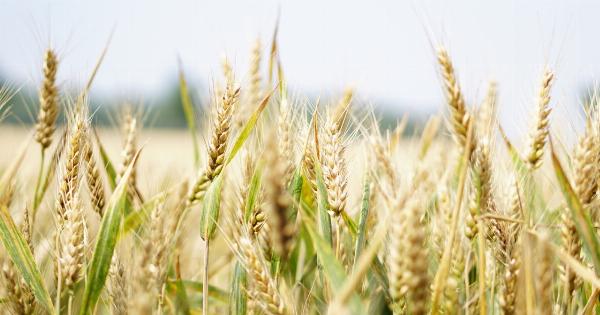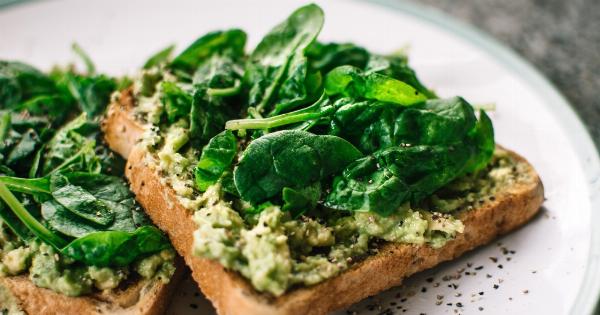Bread is a staple food in many cultures, and for good reason. It’s versatile, delicious, and can be enjoyed in many different ways.
However, there are some myths surrounding bread that need to be debunked, starting with the idea that thicker bread is always better.
Myth: Thicker Bread is Always Better
Many people believe that the thicker the bread, the better it is. This is simply not true. In fact, some of the best breads are thin and crispy, such as a good baguette or ciabatta.
The thickness of the bread doesn’t determine its quality; it’s the ingredients and the preparation that matter most.
For example, a cheap, mass-produced loaf of bread could be thick and fluffy, but it won’t have the same depth of flavor as a handmade, artisanal loaf. Additionally, some breads are traditionally thin, such as tortillas or lavash.
These breads are not only delicious, but they are also an important part of many cultures.
Myth: You Should Avoid Bread If You Want to Lose Weight
Another myth surrounding bread is that it’s bad for weight loss. While it’s true that some breads are high in calories and carbohydrates, this doesn’t mean that all bread should be avoided if you are trying to lose weight.
In fact, there are many types of bread that can be part of a healthy diet.
Whole grain bread, for example, is a great source of fiber and can help you feel full for longer periods of time, which can aid in weight loss.
Additionally, bread can be a great source of energy for physical activity, which is also an important part of weight loss. The key is to choose breads that are made with whole grains and to eat them in moderation.
Myth: Gluten-Free Bread is Always Healthier
Gluten-free products have become increasingly popular in recent years, and bread is no exception.
However, it’s important to understand that just because a bread is gluten-free, it doesn’t necessarily mean that it’s healthier than its gluten-containing counterparts.
In fact, many gluten-free breads are made with highly processed ingredients and are often higher in sugar and fat to make up for the lack of gluten.
Additionally, gluten-free breads may be lower in fiber and other important nutrients than their gluten-containing counterparts.
Myth: Sourdough Bread is Easier to Digest
Another myth surrounding bread is that sourdough bread is easier to digest than other types of bread.
While it’s true that sourdough bread is fermented and this fermentation process can help break down some of the gluten and other components in the bread, it doesn’t mean that sourdough bread is universally easier to digest.
Some people with gluten sensitivities may still have trouble digesting sourdough bread, and others may have trouble with the high acidity of the bread.
It’s important to understand your own body’s response to different types of bread and to choose the bread that works best for you.
Myth: Bread Should Be Avoided If You Have Diabetes
A final myth surrounding bread is that it should be avoided if you have diabetes. While it’s true that bread is high in carbohydrates, it can still be part of a healthy diet for people with diabetes.
For example, whole grain bread can be a great source of fiber and can help regulate blood sugar levels. Additionally, it’s important to consider portion sizes when eating bread, as too much bread at once can cause blood sugar levels to spike.
The key is to choose breads that are made with whole grains and to eat them in moderation as part of a balanced diet.
Conclusion
Bread is a delicious and versatile food that can be enjoyed in many different forms. However, there are many myths surrounding bread that need to be debunked.
These include the idea that thicker bread is always better, that bread should be avoided if you want to lose weight or have diabetes, and that gluten-free or sourdough bread is always healthier.
By understanding the truth about these myths, you can make informed decisions about the types of bread that are best for your body and your overall health.































